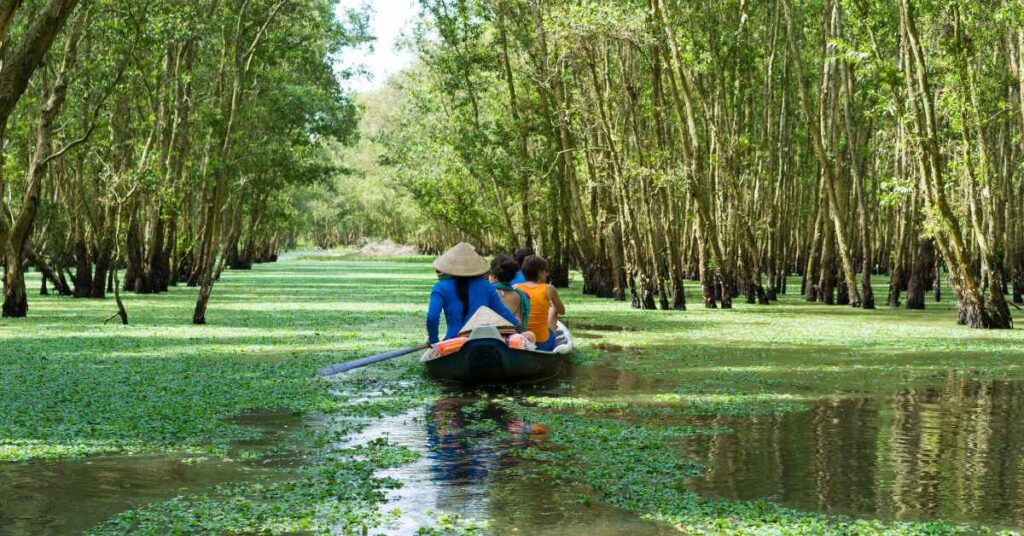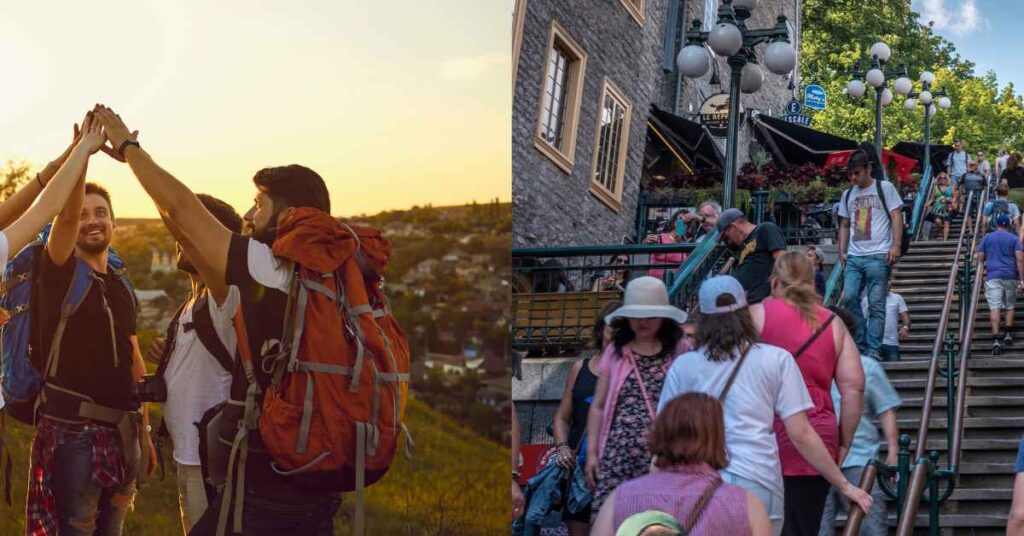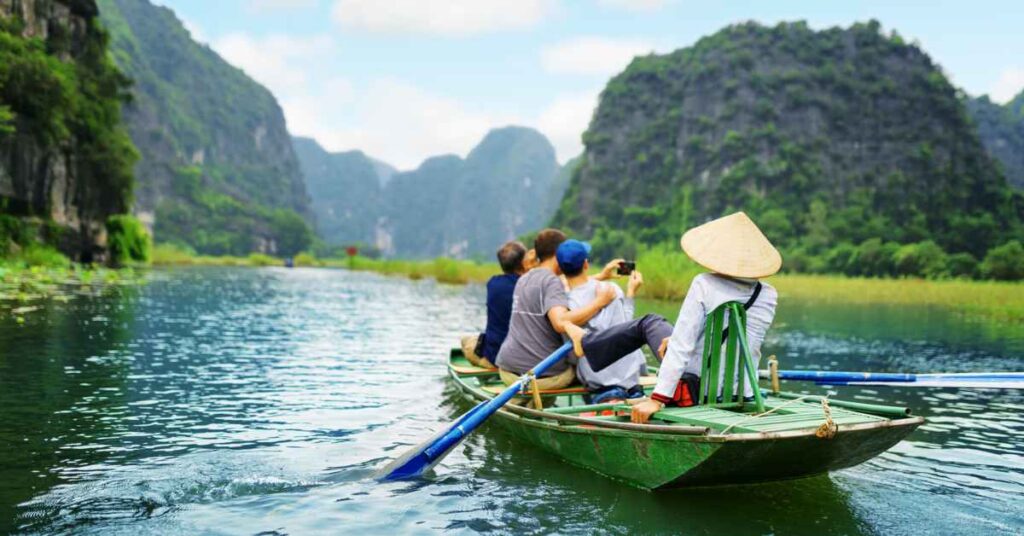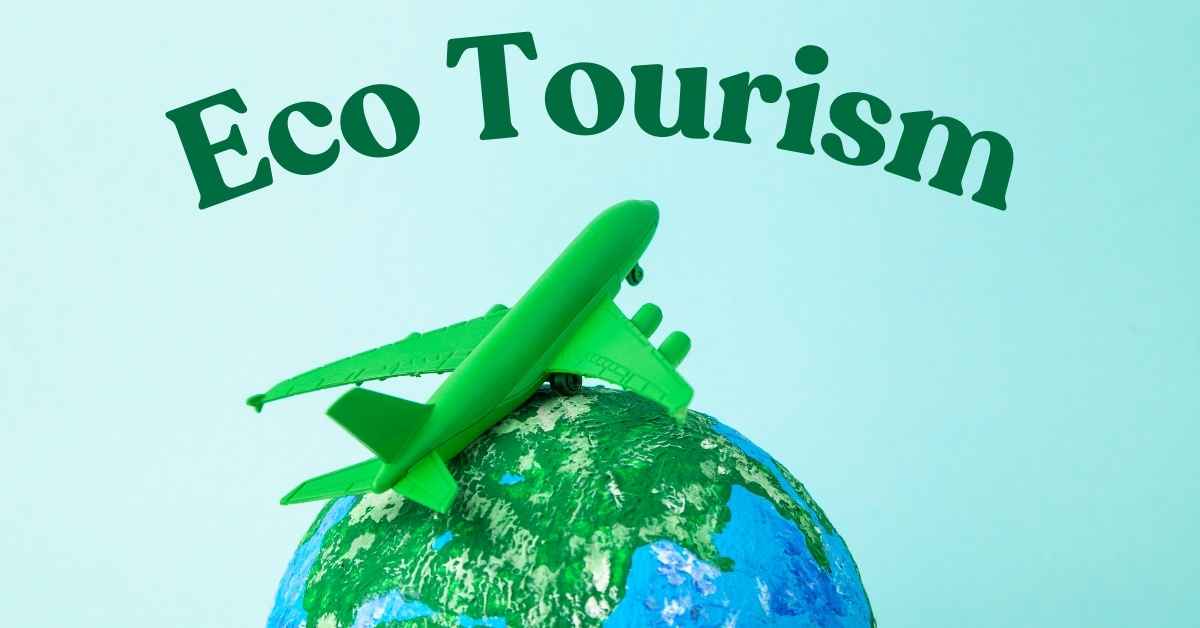Eco-tourism has become a vital part of modern travel as people around the world grow more conscious of their environmental impact. It is a form of responsible travel to natural areas that conserves the environment, sustains the well-being of local communities, and involves interpretation and education. However, as it is rising there are important eco tourism questions being asked about its true environmental benefits, its challenges, and the best ways to practice it responsibly.
This article will explore the most pressing eco tourism questions while offering insights into how eco-tourism can play a crucial role in promoting environmental sustainability and cultural preservation.
What is Eco-Tourism?
This is the first eco tourism question a new person asks. Eco-tourism is defined as responsible travel to natural areas that promotes conservation, minimizes the environmental impact of tourists, and enhances the livelihoods of local communities. The goal is to create a symbiotic relationship between tourism, conservation, and local cultures.
At its core, eco-tourism focuses on low-impact travel, particularly to areas rich in biodiversity. Eco-tourists are encouraged to appreciate the environment while also engaging in activities that directly support conservation efforts, such as wildlife preservation or community development programs.

The Importance of Eco-Tourism for the Environment
One of the main eco tourism questions is whether it truly benefits the environment. In many cases, eco-tourism has played a crucial role in preserving fragile ecosystems, protecting wildlife habitats, and raising awareness about environmental conservation. However, it also comes with challenges, such as the risk of over-tourism and the strain it can place on local resources.
The Role of Eco-Tourism in Sustainability
Eco-tourism contributes to sustainability by:
- Encouraging environmental awareness and education
- Providing economic incentives for conservation
- Reducing carbon footprints through sustainable travel practices
- Supporting local communities and economies
- Promoting biodiversity preservation
Common Eco Tourism Questions
1. What are the key principles of eco-tourism?
Eco-tourism is guided by several key principles that differentiate it from traditional tourism. These principles ensure that tourism activities are aligned with environmental protection and community development:

a. Minimizing Impact
Eco-tourism aims to reduce the negative effects of travel on the environment. This includes promoting the use of eco-friendly transportation, minimizing waste, conserving water and energy, and ensuring that activities do not harm wildlife or ecosystems.
b. Environmental Education
An essential component of eco-tourism is educating travelers about the ecosystems they are visiting. This helps foster a deeper understanding of the importance of conservation and encourages tourists to adopt sustainable practices in their daily lives.
c. Supporting Conservation
A portion of the revenue generated from eco-tourism is often used to support conservation efforts, such as wildlife protection, habitat restoration, and environmental research. Tour operators and lodges are encouraged to collaborate with conservation organizations to ensure their operations benefit the natural environment.
d. Respecting Local Cultures
Eco-tourism promotes respect for local cultures and communities. This includes involving indigenous peoples in tourism planning and providing economic benefits to local communities through employment, education, and infrastructure development.
2. How does eco-tourism differ from traditional tourism?

This is one of the common eco tourism questions that is asked. Traditional tourism often focuses on maximizing profits, with little regard for the environmental or social impact of travel activities. Tourists may flock to popular destinations, leading to over-tourism, environmental degradation, and the displacement of local communities.
In contrast, eco-tourism focuses on low-impact, sustainable travel. Eco-tourists seek experiences that allow them to connect with nature while minimizing their ecological footprint. This might involve staying in eco-lodges, supporting local businesses, and participating in conservation efforts.
3. What are some examples of eco-tourism activities?

Eco-tourism offers a wide range of activities that allow travelers to explore natural environments in a responsible way. Some popular eco-tourism activities include:
a. Wildlife Watching
Eco-tourists often seek opportunities to observe wildlife in their natural habitats. This can include activities like bird watching, whale watching, or visiting wildlife sanctuaries. It’s important that these activities are conducted in a way that does not disturb the animals or their ecosystems.
b. Hiking and Trekking
Exploring natural landscapes through hiking and trekking is a common eco-tourism activity. Trails are often designed to minimize impact on the environment, and eco-tourists are encouraged to follow Leave No Trace principles to ensure that their presence does not harm the area.
c. Volunteering for Conservation
Many eco-tourism destinations offer travelers the chance to participate in conservation efforts, such as planting trees, restoring habitats, or monitoring wildlife populations. This allows tourists to contribute directly to environmental preservation.
d. Cultural Immersion
Eco-tourism also involves learning about and respecting the local cultures and traditions of the places visited. This can include participating in cultural exchanges, visiting indigenous communities, or supporting local artisans.
4. What challenges does eco-tourism face?

This is one of the eco tourism questions that is not much asked. Despite its many benefits, eco-tourism is not without its challenges. Some of the most significant issues include:
a. Over-Tourism
As it grows in popularity, one of the eco tourism questions is about over-tourism, which can strain local resources and degrade the environment. Even well-meaning eco-tourists can have a negative impact if too many people visit a fragile ecosystem at once.
b. Mislabeling and Greenwashing
Not all tourism that is labeled as “eco” is truly sustainable. Some businesses may engage in greenwashing, where they market themselves as environmentally friendly without making meaningful efforts to reduce their impact. This can mislead travelers who want to make responsible choices.
c. Local Displacement
In some cases, eco-tourism development can lead to the displacement of local communities or indigenous peoples. It’s crucial that eco-tourism operations work closely with local residents to ensure that they benefit from the industry rather than being pushed out of their lands.
d. Resource Use
Even eco-friendly tourism operations still require resources like water, food, and energy. It’s important for eco-tourism operators to manage these resources sustainably, especially in regions where they may be scarce.
5. How can travelers ensure they are engaging in responsible eco-tourism?
As eco-tourism becomes more mainstream, it’s important for travelers to be mindful of the impact they have on the destinations they visit. Here are some tips for ensuring responsible eco-tourism:

a. Research Your Destination
Before you travel, research the environmental and cultural issues facing the destination. Look for eco-tourism operators that have a strong commitment to sustainability and that work with local communities.
b. Choose Eco-Friendly Accommodations
Stay in eco-lodges, camps, or hotels that prioritize environmental sustainability. Look for accommodations that use renewable energy, conserve water, and reduce waste.
c. Support Local Businesses
Choose locally owned businesses for food, souvenirs, and tours. This helps ensure that your money is benefiting the local economy and supporting community development.
d. Follow Leave No Trace Principles
Leave No Trace is a set of principles designed to minimize the environmental impact of outdoor activities. This includes staying on designated trails, packing out all waste, and avoiding activities that could harm wildlife or ecosystems.
e. Respect Local Cultures
Be mindful of local customs, traditions, and languages. Support indigenous communities by choosing tours and activities that are run by locals and that respect their cultural heritage.
6. How can eco-tourism contribute to biodiversity conservation?
This is a great eco tourism questions one can ask. Biodiversity conservation is one of the primary goals of eco-tourism. By promoting responsible travel to areas rich in biodiversity, eco-tourism can help raise awareness of the importance of protecting endangered species and ecosystems.

a. Creating Economic Incentives for Conservation
Eco-tourism provides economic incentives for local communities to protect their natural resources. When people rely on eco-tourism for their livelihoods, they have a vested interest in conserving the environment and preventing habitat destruction.
b. Supporting Conservation Projects
Many eco-tourism operators partner with conservation organizations to support projects aimed at protecting wildlife, restoring ecosystems, or conducting environmental research. Travelers can directly contribute to these efforts by participating in eco-tourism activities.
c. Raising Awareness
Eco-tourism helps raise awareness about environmental issues, both among tourists and local communities. By educating travelers about the importance of biodiversity and the threats it faces, eco-tourism can inspire people to take action to protect the environment.
7. What role does eco-tourism play in mitigating climate change?
One of the most pressing eco tourism questions is its potential to mitigate climate change. While tourism in general contributes to carbon emissions through transportation and energy use, eco-tourism seeks to reduce these impacts by promoting sustainable practices.

a. Reducing Carbon Footprints
Eco-tourism encourages travelers to minimize their carbon footprints by choosing eco-friendly modes of transportation, such as biking, walking, or using public transit. Additionally, many eco-lodges use renewable energy sources like solar or wind power to reduce their reliance on fossil fuels.
b. Offsetting Emissions
Some eco-tourism operators offer carbon offset programs, where travelers can pay to offset the emissions from their flights or other travel activities. These funds are used to support projects like reforestation or renewable energy development.
c. Protecting Carbon Sinks
Eco-tourism often takes place in areas with high levels of biodiversity, such as rainforests, wetlands, or grasslands. These ecosystems act as carbon sinks, absorbing and storing carbon dioxide from the atmosphere. By promoting the conservation of these areas, eco-tourism helps protect their role in mitigating climate change.
Conclusion: The Future of Eco-Tourism
Hopefully, the above list of eco tourism questions have covered all of your concerns. Eco-tourism holds great promise for the future of sustainable travel. By promoting responsible tourism practices that protect the environment and support local communities, eco-tourism offers a way for travelers to experience the beauty of the natural world while minimizing their ecological impact.
However, as eco-tourism grows in popularity, it is important to address the challenges it faces, such as over-tourism and greenwashing. Travelers must remain vigilant in their efforts to engage in responsible tourism, choosing operators and destinations that truly align with the principles of sustainability.
As we continue to ask and answer the most pressing eco tourism questions, the hope is that eco-tourism will evolve into an even more powerful force for environmental conservation and cultural preservation in the years to come.
Read More: Environment One Pager: A Comprehensive Overview of Global Environmental Challenges and Solutions

